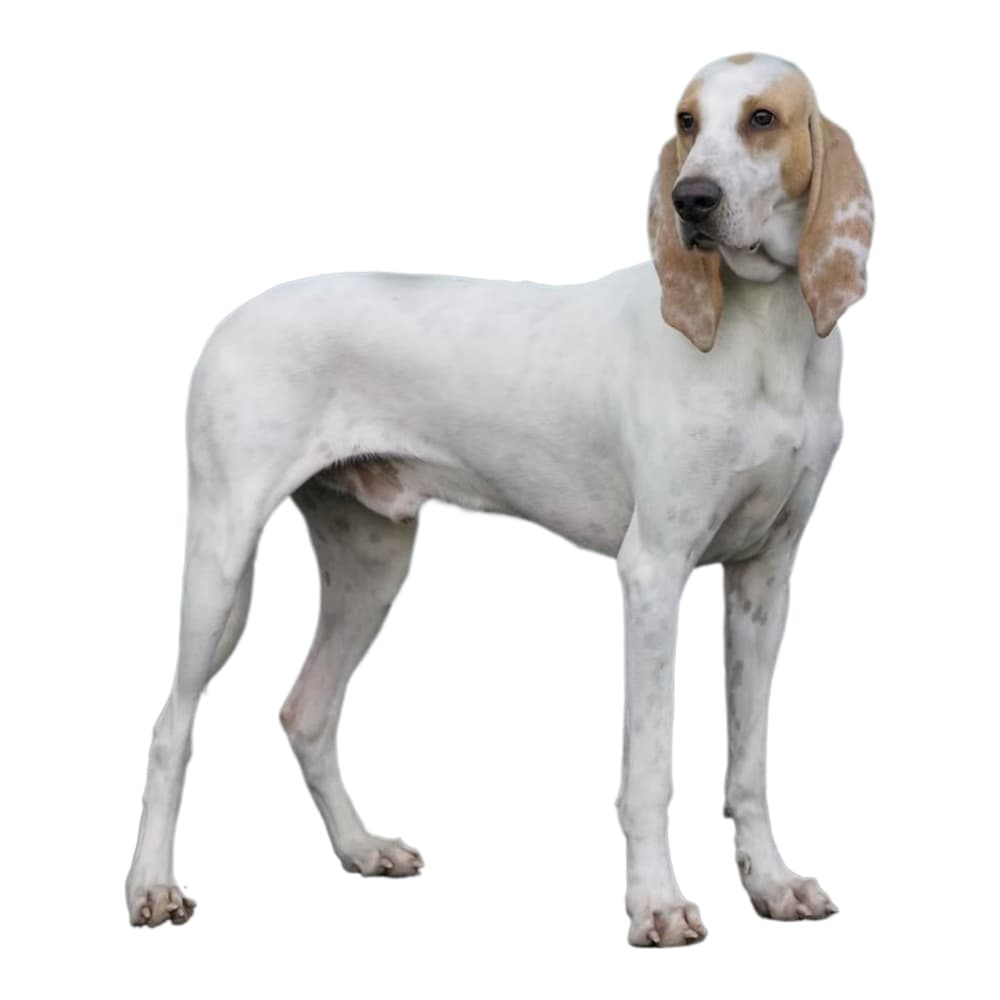Discover your dog's connection to this breed and 200+ others


Discover your dog's connection to this breed and 200+ others



The Billy is a large hound-type breed that originated in France. The breed was created by a Frenchman named Gaston Hublot du Rivault in the 19th century, and was named after his home, Château de Billy, in Poitou. Billy dogs were initially bred to hunt in packs for large game such as deer and wild boar. They're the descendants of the now-extinct breeds such as Ceris and Montemboeuf. By the end of WWI, it was noted that only ten Billys were left in existence. Rivault's son sought to revive the breed and is said to have crossed them with Harriers, Porcelaines, and Poitevins as part of this effort.
The Billy, also known as the Chien de France-Comte, is considered to be a generally healthy breed. As with many breeds, they may suffer from hip and elbow dysplasia. They can also be prone to ear infections and bronchitis. Genetic testing for hereditary conditions is recommended to assist veterinarians with diagnosis and proactive care, as well as help breeders identify affected and carrier dogs.
The Billy is known to be friendly, intelligent, and generally good-natured. They're quite energetic and require plenty of exercise. Billy dogs are also known to have a strong prey drive, given their background as hunting dogs, so they might not be suitable for homes with smaller pets. They tend to be quite vocal and have a distinctive hound 'bay'. They are usually sociable with other dogs and enjoy companionship due to their pack hunting background.
A strong consistent command works best while training a Billy. Once trained, they are known to be loyal and obedient. When properly socialized, they are friendly and typically do well with children and strangers. They generally do well with other dogs, however, they have a high prey drive which could prove to be problematic if they are not raised with other smaller animals from a young age. They are a high energy dog and require daily exercise. They would do best with an active family that has a yard and will also take them out for regular walks.
It's always good to remember that while breed can give an indication of a dog's potential behavior and characteristics, individual differences can occur, and it's important to spend time with a dog to understand its personality.
The breed was created by a Frenchman named Gaston Hublot du Rivault in the 19th century, and was named after his home, Château de Billy, in Poitou.
The Billy was among the foundation breeds used in the creation of the Grand Anglo-Français Blanc et Orange, translated into English as the Great Anglo-French White and Orange Hound, in the late 19th century.
The Billy was recognized by the United Kennel Club January 1, 1996.
https://www.ukcdogs.com/billy
Federation Cynologique Internationale, Billy http://www.fci.be/Nomenclature/Standards/025g06-en.pdf
https://wagwalking.com/breed/billy
Fogle, B. (2009). The encyclopedia of the dog. New York: DK Publishing.
Recommended by top vets with decades of experience
21 breeds
64 genetic health markers
50 genetic trait markers
